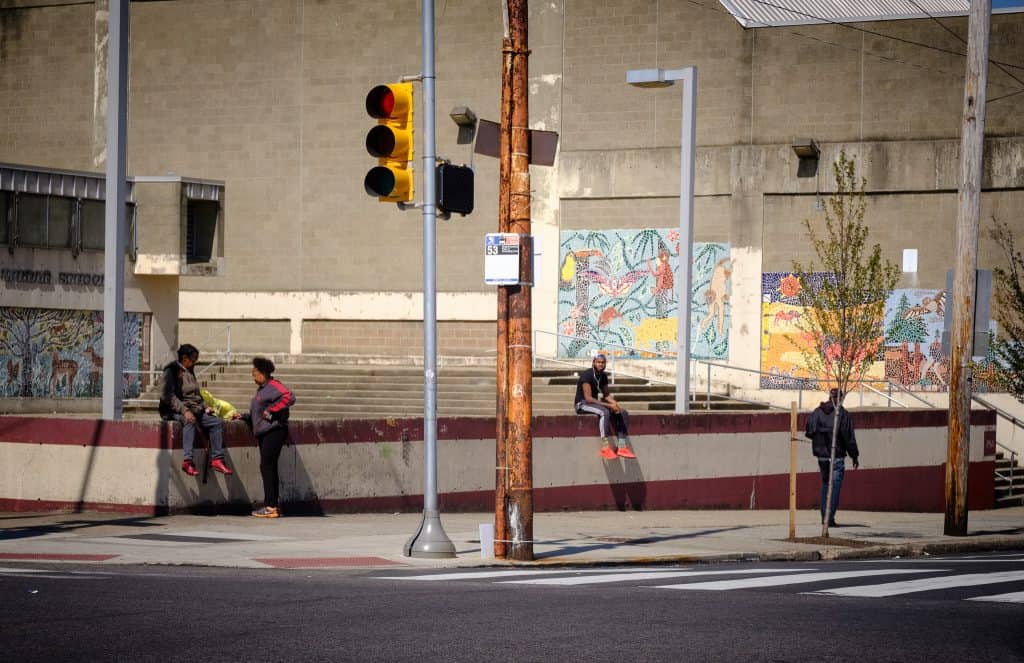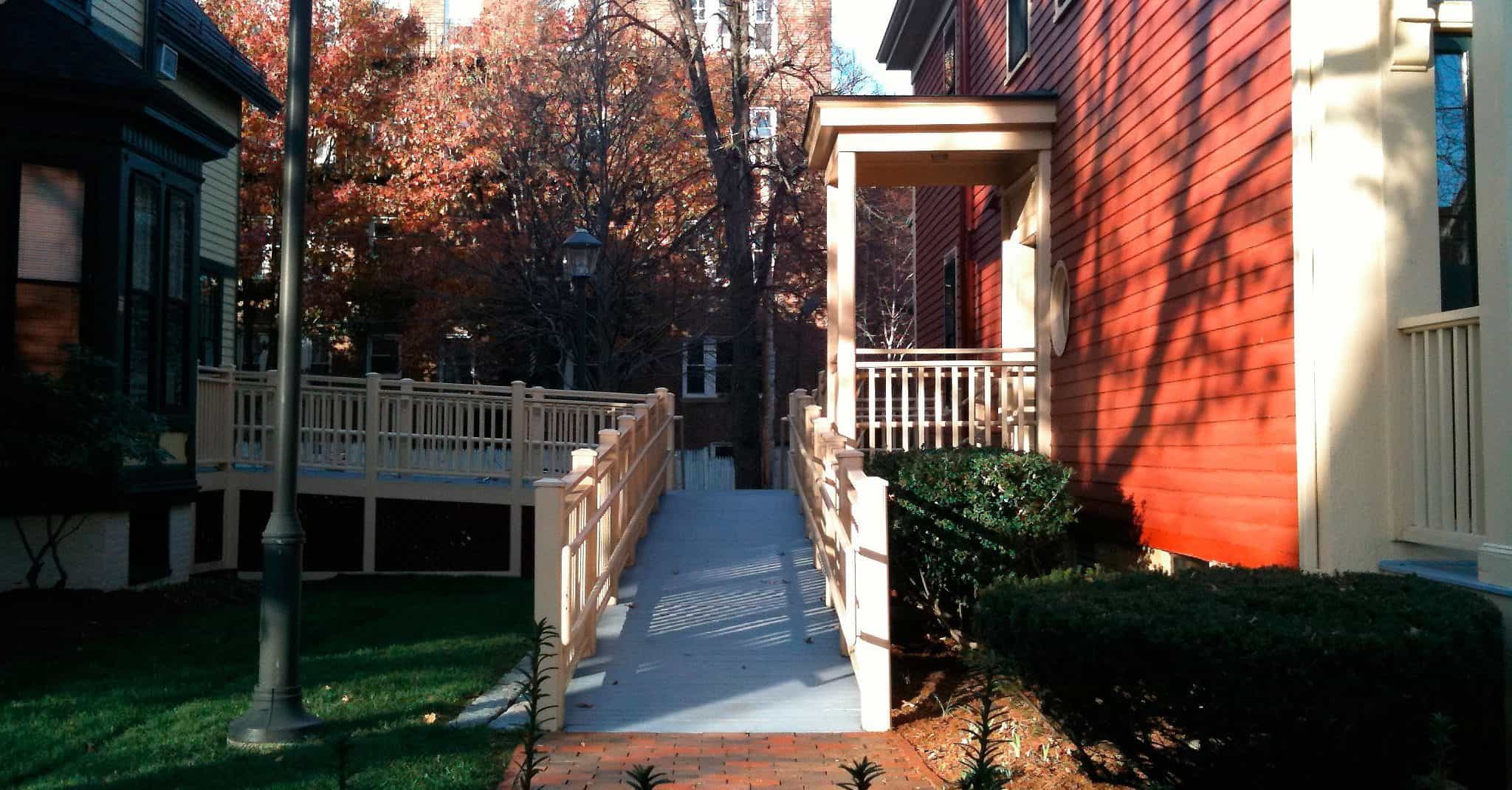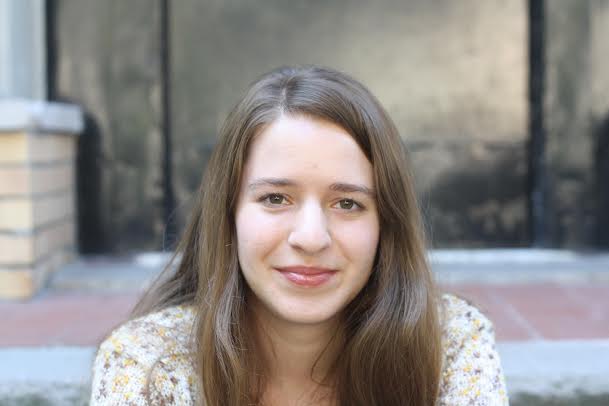Before Janaya Lewinski leads a mediation session as part of Philadelphia’s Eviction Diversion Program, she wants to know as much as possible about the tenant, the details of their living situation and why they’ve fallen behind on rent. Are there underlying issues with the landlord, like a bathroom that’s long needed repairs? Had they been struggling to cover a rent increase, or has an emergency derailed their ability to pay?
“You meet people where they are,” Lewinski notes, “and the mediation itself opens up lines of communication.” Tenants and landlords who may have rarely spoken directly are given space to discuss nuanced details that would likely be left out of an eviction hearing. And unlike eviction, trained mediators help landlord and tenant hammer out a payment plan that benefits both parties. “When a tenant shares their plan to pay their landlord back, it makes a landlord really responsive,” Lewinski says.
Such mediations between landlords and tenants are increasingly common in Philadelphia, which launched its Eviction Diversion Program in August to keep people from losing their homes during the pandemic. With few exceptions, the program requires landlords, before filing for evictions in court, to go to mediation with tenants to try to work something out. Sue Wasserkrug, who oversees the mediation program, called it a “win-win-win” for the landlords, tenants and the city.
Indeed, Philadelphia’s approach is the rare initiative that has been met with a chorus of praise by people who often find themselves cast as adversaries. “This is a way to create a bridge between the tenant and the landlord, to walk safely on it and communicate with each other,” Moshe Attas, a landlord and property manager, told City Council members in November.
Weighed down by negative news?
Our smart, bright, weekly newsletter is the uplift you’ve been looking for.Such consensus is the result of years of laying groundwork for the initiative, taking advantage of existing partnerships, recruiting volunteers to pilot it, and scaling it up to an official city program. In December, City Council members unanimously voted to extend eviction diversion into 2021, which the city believes can mitigate hundreds of evictions during the pandemic.
“This has been very, very successful,” says Melissa Long, the director of the city’s Division of Housing and Community Development. “But while it seems like a simple concept, the actual work is not simple.”
Everyone’s involved
The program’s roots go back to the 2008-2009 housing crisis, during which foreclosure filings in Philadelphia surged by 200 percent. In response, the court created a mortgage foreclosure diversion program in a short period with a simple goal: place homeowners and their legal aid advocates face-to-face with lenders to work out a resolution. The program was wildly successful, saving over 16,000 homes from foreclosure, according to Annette Rizzo, a retired judge who oversaw the program.
City officials wondered if they could replicate that success for renters. In 2017, the city recorded over 24,000 eviction filings — a process in which tenants face terrible odds. Philadelphia Mayor Jim Kenney established an eviction task force that recommended, in a 2018 report, developing “a venue for landlords and tenants to meet before an eviction complaint is even filed.” The idea was to provide “an opportunity to negotiate repayment of rent without generating legal costs for either party, and without introducing an eviction filing to the tenant’s record.”
As a result, the city funded a pilot as part of the Philadelphia Eviction Prevention Project. The free, voluntary program kicked off in the fall of 2019 and was extended for a year before being cut short by the pandemic.

Good Shepherd Mediation Program, a nonprofit focused on neighborhood conflict resolution, oversaw it. “Mediation is a great tool for resolving conflict particularly when the parties involved have some kind of a relationship and will continue to have one,” explains Wasserkrug, who is the program administrator at Good Shepherd. “That’s why it’s good for landlord-tenant disputes.”
To recruit volunteer mediators, Good Shepherd reached out to Rizzo, who oversaw the foreclosure diversion program, as well as the Pennsylvania Council of Mediators, the Philadelphia Bar Association and various law firms. That team became a “hodge-podge” of retired judges, attorneys and community mediators, according to Wasserkrug. More partners came on to provide housing counseling, legal and technical support. The city launched tenant mediation as an official program last September.
In the current model, landlords submit an application for mediation with one of roughly 70 mediators through a city web portal, where it’s received and reviewed by staff of Philadelphia Legal Assistance. Then the city alerts the tenant through text and email. If contact isn’t made, Philadelphia Legal Assistance handles direct outreach.
Once a tenant agrees to participate, a housing counselor talks with them before mediation to review their objectives and ability to pay rent, and to help them apply for rental assistance, or find new housing.
The mediator’s goals, according to Wasserkrug, are opening doors to productive communication and ideally arranging a plan both parties can agree to. Mediators often help the pair set up one of two payment plans — one plan splits the back rent into nine payment installments, and in the other plan the tenant pays smaller installments with a larger final payment of the remainder of the balance.
Participant Diane Buchanan, who testified to the City Council in November, shared that after her daughter, who lived with her, lost her job due to the pandemic, they began to worry about paying their rent on time. At around the same time, their refrigerator broke, and the landlord was slow to help. Instead of the relationship deteriorating, mediation brought Buchanan and her landlord to an agreement: she’d make her best effort to pay the full rent while they agreed to replace the fridge.
“These kinds of stories help people understand what’s going on with tenants during the pandemic,” Lewinski notes.
As of January 5, the city had received a total of 1,120 completed applications for mediation. Of the 463 landlord/tenant pairs that participated, 317 reached an agreement. 103 of the pairs agreed on a different outcome — like the tenant deciding to move out — and in 28 cases no agreement was reached. (The final 15 meditations were in the process of being recorded.)
Participants in the diversion program will be able to apply for the city’s new Covid-19 rental assistance program that will launch this March. Long stressed that for cases of non-payment, mediation cannot stand alone — the ability to reach a repayment agreement often depends on ongoing rental assistance that tenants and landlords can access. “When you have a situation where the eviction action is being motivated by non-payment, you need levels of rental assistance to help that tenant stay in their home,” she says.
But ultimately city officials know they’re building a solid framework that’s keeping landlords and tenants out of court. “I say that we’re sailing this ship through uncharted waters, as we’re building the ship,” Wasserkrug jokes. “But our hope is that pre-filing mediation in the landlord-tenant context becomes the new normal.”









